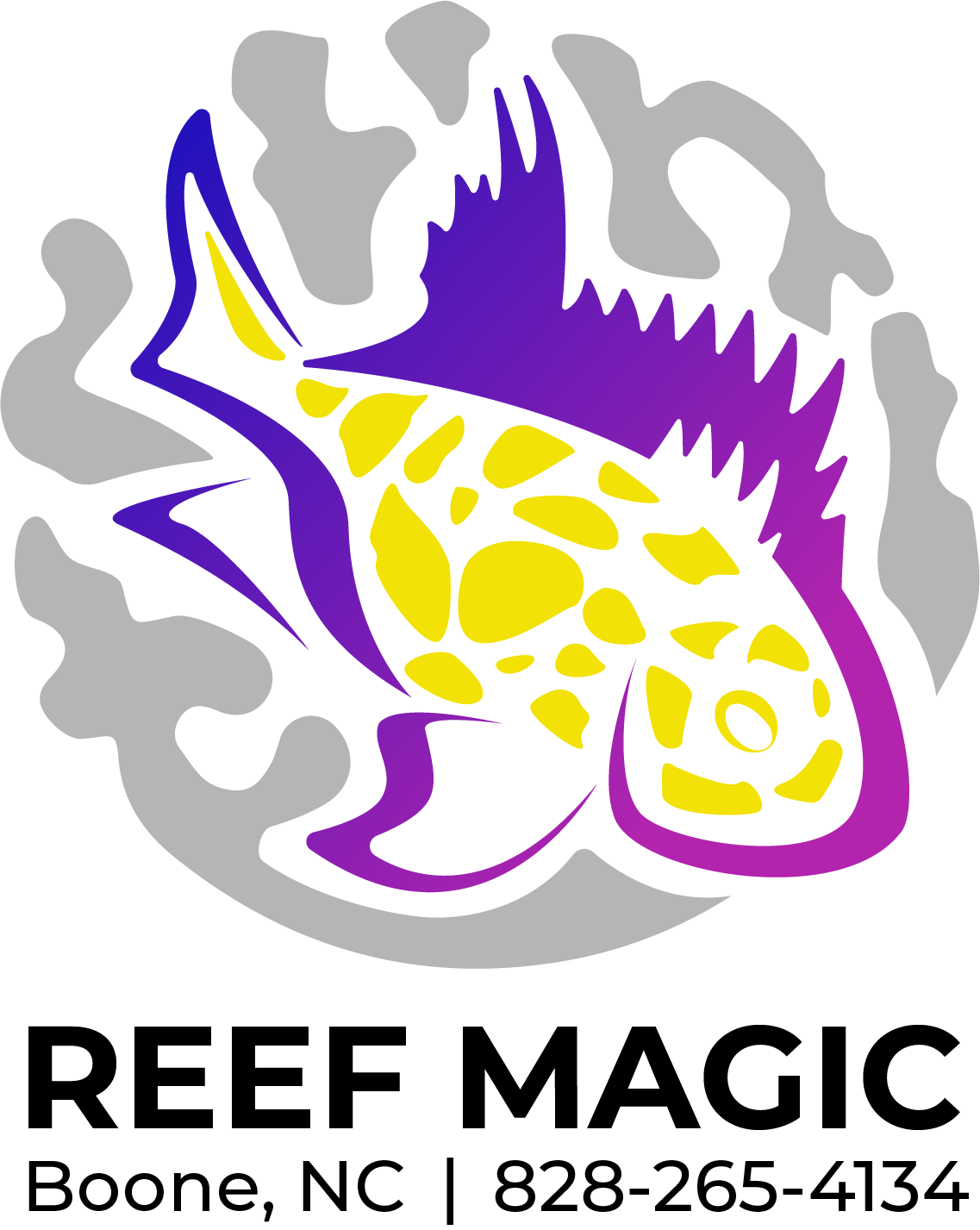 Image 1 of 1
Image 1 of 1


Tang - Naso Lg
The Naso Tang (Naso lituratus), also known as the Orangespine Unicornfish or Lipstick Tang, is a beautiful and popular species of tang found in the Indo-Pacific region. Here are the general requirements for keeping Naso Tang in an aquarium:
Tank size: Naso Tangs require a large tank with a minimum capacity of 125 gallons (473 liters) for a single specimen. They are active swimmers and can grow quite large, reaching up to 16-18 inches (40-45 cm) in length. Providing ample swimming space is crucial.
Water parameters: Maintain stable water conditions within the following parameters: temperature between 72-78°F (22-26°C), pH around 8.1-8.4, and specific gravity between 1.020 and 1.025. Regular monitoring of ammonia, nitrite, and nitrate levels is important, with zero levels being the goal.
Tank setup: Provide a well-decorated tank with plenty of live rock formations, corals, and other structures to create hiding spots and territories. Naso Tangs appreciate a well-established aquarium with open areas for swimming and areas to explore. Ensure good water flow and filtration to maintain water quality.
Lighting: Naso Tangs do well with moderate to high lighting levels. Utilize lighting systems appropriate for reef aquariums to support the health and growth of any photosynthetic organisms in the tank.
Diet: Naso Tangs are herbivorous and require a diet rich in marine algae and plant matter. Offer them a varied diet consisting of high-quality prepared foods such as dried seaweed, algae sheets, spirulina-based pellets or flakes, and frozen or fresh foods with vegetable matter. Supplement their diet with occasional meaty foods like brine shrimp or mysis shrimp.
Tankmates: Naso Tangs are generally peaceful but can become territorial towards other tangs or similar-shaped fish, especially males towards other males. It's best to keep them singly or in mated pairs. Choose tankmates that are peaceful, reef-compatible, and have a similar temperament. Avoid keeping them with aggressive or nippy fish.
Acclimation: When introducing Naso Tangs to a new tank, proper acclimation is important. Gradually acclimate them to the water parameters of your tank over a period of time to minimize stress and ensure a smooth transition.
Remember to provide a stable and well-maintained environment for Naso Tangs. Regular monitoring of water parameters, a proper diet, and appropriate tankmates are crucial for their health and well-being. Research the specific requirements of the species and consult with experienced aquarists or marine biologists for proper care guidelines.
The Naso Tang (Naso lituratus), also known as the Orangespine Unicornfish or Lipstick Tang, is a beautiful and popular species of tang found in the Indo-Pacific region. Here are the general requirements for keeping Naso Tang in an aquarium:
Tank size: Naso Tangs require a large tank with a minimum capacity of 125 gallons (473 liters) for a single specimen. They are active swimmers and can grow quite large, reaching up to 16-18 inches (40-45 cm) in length. Providing ample swimming space is crucial.
Water parameters: Maintain stable water conditions within the following parameters: temperature between 72-78°F (22-26°C), pH around 8.1-8.4, and specific gravity between 1.020 and 1.025. Regular monitoring of ammonia, nitrite, and nitrate levels is important, with zero levels being the goal.
Tank setup: Provide a well-decorated tank with plenty of live rock formations, corals, and other structures to create hiding spots and territories. Naso Tangs appreciate a well-established aquarium with open areas for swimming and areas to explore. Ensure good water flow and filtration to maintain water quality.
Lighting: Naso Tangs do well with moderate to high lighting levels. Utilize lighting systems appropriate for reef aquariums to support the health and growth of any photosynthetic organisms in the tank.
Diet: Naso Tangs are herbivorous and require a diet rich in marine algae and plant matter. Offer them a varied diet consisting of high-quality prepared foods such as dried seaweed, algae sheets, spirulina-based pellets or flakes, and frozen or fresh foods with vegetable matter. Supplement their diet with occasional meaty foods like brine shrimp or mysis shrimp.
Tankmates: Naso Tangs are generally peaceful but can become territorial towards other tangs or similar-shaped fish, especially males towards other males. It's best to keep them singly or in mated pairs. Choose tankmates that are peaceful, reef-compatible, and have a similar temperament. Avoid keeping them with aggressive or nippy fish.
Acclimation: When introducing Naso Tangs to a new tank, proper acclimation is important. Gradually acclimate them to the water parameters of your tank over a period of time to minimize stress and ensure a smooth transition.
Remember to provide a stable and well-maintained environment for Naso Tangs. Regular monitoring of water parameters, a proper diet, and appropriate tankmates are crucial for their health and well-being. Research the specific requirements of the species and consult with experienced aquarists or marine biologists for proper care guidelines.






